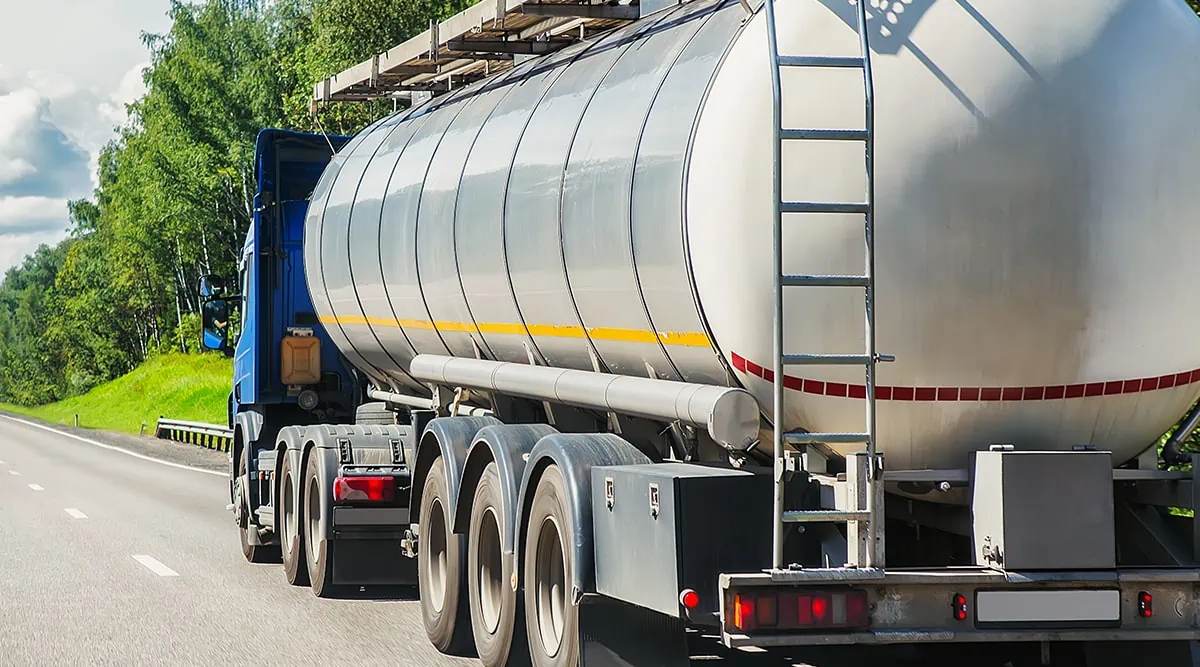9 Easy Facts About Reclaim Waste Explained
9 Easy Facts About Reclaim Waste Explained
Blog Article
How Reclaim Waste can Save You Time, Stress, and Money.
Table of ContentsThings about Reclaim WasteA Biased View of Reclaim WasteThe Main Principles Of Reclaim Waste The 8-Minute Rule for Reclaim WasteWhat Does Reclaim Waste Do?
Domestic sewer waste refers to the waste and products from a domestic septic tank. The proper management and disposal of residential sewer waste call for fluid waste to be moved to a sewage therapy plant where the appropriate methods and equipment are applied to detoxify and dispose of waste.
Commercial waste often includes possible threats, such as flammable products or a blend of liquid and strong waste items, and needs an advanced and in-depth disposal process. The disposal of business waste commonly entails the purification of waste before transportation to make certain secure and proper disposal. Industrial waste is created from results and runoff of commercial processes and manufacturing.
This kind of waste can not use the same sewer administration transport or procedures as septic or industrial liquids. The commercial waste administration procedure calls for the assessment and screening of liquid waste before it undergoes the disposal procedure (industrial wastewater treatment). Runoff waste is the liquid waste that comes from overflow and excess stormwater in very inhabited areas or cities
Runoff waste can cause contamination and flooding otherwise managed appropriately. Discover more about sewage system cleansing and waste management. Making certain appropriate waste administration can stop catastrophes and minimize ecological harm. Both individuals in residential setups and experts in commercial or production industries can gain from understanding the processes and laws of fluid waste management.
Not known Facts About Reclaim Waste
Call PROS Services today to learn concerning our waste monitoring and disposal solutions and the appropriate methods to care for the liquid waste you produce.
(https://reclaimwaste1.mystrikingly.com/blog/efficient-liquid-waste-disposal-in-melbourne-why-reclaim-waste-is-your-go-to)This supposed 'wastewater' is not just a vital resource but, after treatment, will certainly be launched to our land, waterways or the ocean. Used water from toilets, showers, baths, cooking area sinks, washings and industrial procedures is understood as wastewater.

water made use of to cool equipment or tidy plant and devices). Stormwater, a kind of wastewater, is runoff that flows from farming and urban locations such as roofs, parks, yards, roadways, paths and gutters right into stormwater drains pipes, after rainfall. Stormwater flows untreated directly to local creeks or rivers, at some point reaching the ocean.
7 Simple Techniques For Reclaim Waste
In Queensland, most wastewater is dealt with at sewage therapy plants. Wastewater is carried from residential or commercial sites through a system of sewers and pump terminals, referred to as sewerage reticulation, to a sewer treatment plant. City governments develop, maintain and run most sewer treatment plants. Operators are certified under the Environmental Defense Act 1994 to discharge treated wastewater at an acceptable ecological criterion right into waterways.
The Department of Natural Resources encourages city governments regarding managing, operating and maintaining sewerage systems and treatment plants. In unsewered areas, local governments might call for owners to mount private or family sewage therapy systems to treat domestic wastewater from bathrooms, kitchen areas, bathrooms and washings. The Department of Natural Resources authorises the usage of family systems when they are proven to be efficient.
In some brand-new subdivisions, treatment of some stormwater to eliminate clutter, sand and crushed rock has started making use of gross pollutant catches. Wastewater therapy occurs in four stages: Eliminates solid matter.
Uses tiny living microorganisms understands as micro-organisms to break down and get rid of continuing to be dissolved wastes and great bits. Micro-organisms and wastes are incorporated in the sludge.
What Does Reclaim Waste Do?
Nutrient removal is not available at all sewage treatment plants due to the fact that it needs expensive specialised tools. It is coming to be more common in Queensland. Clear liquid effluent generated after treatment might still include disease-causing micro-organisms. If this effluent is released into rivers such as rivers or the sea, the micro-organisms will at some point pass away out.

Most wastewater moves into the sewage system. important link Under the Act, neighborhood governments provide approvals and licences for ecologically pertinent tasks (Ages) involving wastewater releases that may have a local effect.
All about Reclaim Waste
Or else, examples are taken for laboratory evaluation. Often numerous examinations are needed to establish the levels of each of the various contaminants such as oils, heavy steels and chemicals in water. Monitoring supplies valid details regarding water high quality and can verify that permit conditions are being fulfilled. The information gotten through surveillance supplies the basis for making water quality decisions.
Report this page